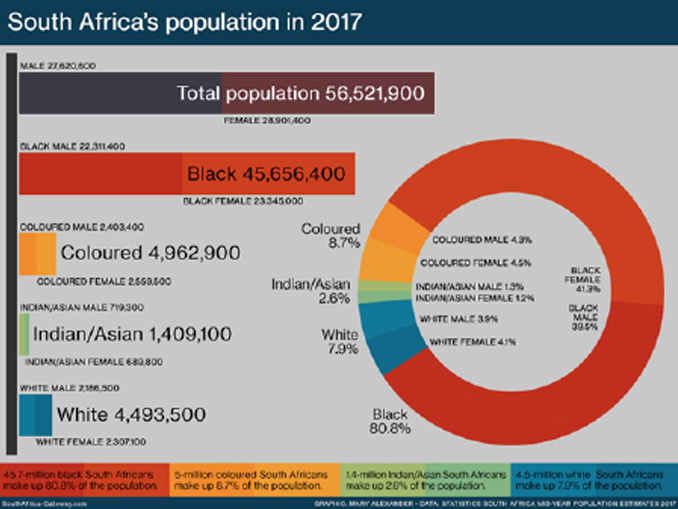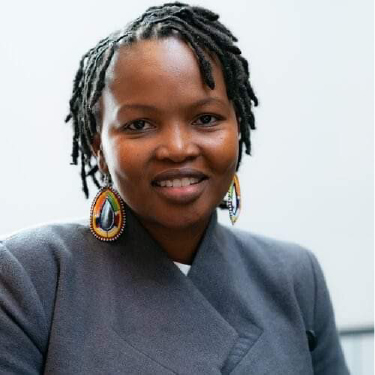
By Mpho Mpofu, Managing Director, Masutane Consulting, Johannesburg, Gauteng, South Africa, mpho@masutane.co.za
Due to COVID-19, researchers all around the world have had to pivot and leverage technology more intensely than ever before. However, each market has individual characteristics that influence what type of technology makes the most sense for reaching and engaging with respondents. In Africa, this is influenced by the primary respondent base and its comfort with WhatsApp, a familiar technology where they are more easily reached and where they are more apt to express their likes, dislikes, interests, and disinterests.
This article will give all researchers insights on how to use WhatsApp in their methodology toolbox. It will also illuminate how WhatsApp can allow for capturing more natural responses and stories, an approach aligned with the research industry’s increasing recognition that research methods that cultivate real-world storytelling are vital to surfacing deep insights.
Setting Context in the South African Market
In a world of social distancing, pivoting meant a process of exploration and discovery. The process was about finding a methodology and a tool that would fit in with most of the South African population. As an agency that has a specific focus on the main market, which mostly represents the lower end of the income base and their voice, it was important to find a tool that will keep their voice alive and authentic. The main market consumer must always remain the main character in the client journey of building brands that resonate.
South Africa has 56.5 million people, according to 2017 estimates. Black South Africans make up around 81 percent of the total, Coloured (interracial) people 9 percent, Caucasians 8 percent, and Indian/Asians 3 percent.
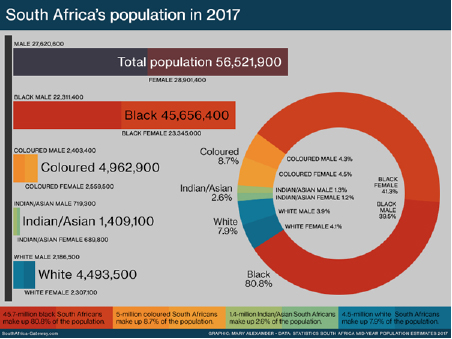
“At least 54 percent of the South African population (approximately 56.5 million) falls between [the Living Standard Measure of] 3 and 6—with an estimated 13 million shoppers in the independent and informal retail sector. This is not traditional, bottom-end, or emerging; this is the ‘main’ market of South Africa.”—Andrew Weinberg, Biz (See footnote for definition of LSM.)
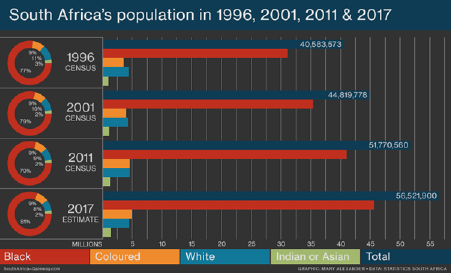
Identifying the Right Tool
One of the key drivers in finding the right methodology and tool was identifying the tool most people had access to and used. Access for us is multilayered and posed complex challenges in our journey. The tool must address access in the following ways:
- Affordable for the consumer to use
- Not intimidating in its format and application
- Simple to use
- Mother-tongue or home-language expression
- Leverage the African storytelling approach
We cannot ignore the power of language; language has a powerful framing effect, as my brilliant colleague Samantha Loggenberg points out. In keeping the consumer at the center of the story, we had to acknowledge that South African main market consumers were forced into technology by the need for human connection, not a need to use technology, marking another layer to our journey of discovery.
The question then became, “Where are the majority of South Africans expressing themselves in their mother tongue, or home language, within the digital space?”
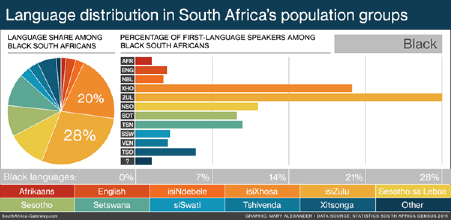
We found that the mobile application WhatsApp was able to deliver on this multilayered and complex ask. WhatsApp is bigger than Facebook in South Africa, based on the Hootsuite Digital Report for South Africa 2019. Nine out of ten internet users in South Africa are active on WhatsApp, while Facebook is third in the user rankings.
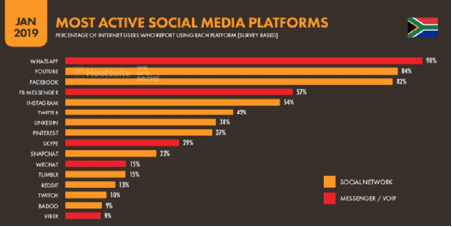
Upon inspection, we also found that WhatsApp could help us reach respondents in a cost-efficient way, while gathering rich and granular insights without the limitations of expression that exist in other digital research apps.
WhatsApp has carefully carved this niche by successfully delivering on the following for consumers:
- WhatsApp is affordable for consumers.
- Consumers in their daily use of the app can have multiple groups for different issues at the tip of their fingers to communicate swiftly and efficiently without logging in.
- WhatsApp is not seen as a social network within the African context but merely a messenger tool among different user groups.
- There is a greater sense of perceived anonymity and safety in WhatsApp relative to Facebook.
- Consumers can use mother-tongue or home-language expression without the judgment of open comments.
- Engagement is more of a conversation, rather than a post, which requires perfection and is open to scrutiny.
For us, this meant that this methodology could be leveraged as a continuous ethnography into consumers’ lives, from the moment they wake up until they go to bed, and in a conversational style of engagement, rather than task-based posts. It can give us access to every step in their environments and insight into points of influence.
WhatsApp is familiar, something they relate to, and it makes the consumer feel more in control—it is their space, their world. In this space as researchers, we can receive authentic, unedited stories about their interactions with products and brands in their daily lives—their unedited truths. The familiarity of WhatsApp allows consumers to let their guard down and truly express themselves.
It is true that the methodology has limitations around confidentiality for clients’ concept testing and is therefore limited to exploratory work. Even so, it is a great tool to get to know consumers and how they engage with different categories in their daily lives. It provides a broader picture in helping us understand the interrelationships within categories.
There is something unique about the African culture and how people express themselves. The African culture is mostly loud, animated, and expressive. We tend to talk in tales and stories, so it takes longer to get to the point. When you are unfamiliar with the African way of expression, the moderation approach that asks questions and expects straightforward answers (due to time pressure) may feel abrupt to African respondents and lead researchers to miss the richness of the story. At the same time, this need among respondents in Africa to be afforded the space to tell stories draws attention to the value of eliciting storytelling from any audience.
Research, in its current format, is often not fully embracing this storytelling culture. It is time-constrained, relatively structured, and not always embracing what this form of expression can bring to qualitative data collection. This is a new way of doing consumer exploration, as traditional glass-bowl exploration can be limiting to the glass bowl.
WhatsApp has taught our team that research should be customizable for each client and each market. It has also shown us that each stage of the research needs the right tool that best fits the audience to gain the best outcome. We now know that we want to engage low-income communities in a way that is natural and not intimidating, while exploring a variety of themes. WhatsApp is the best tool for this audience.
Tips for Using WhatsApp
So, if you want to try this methodology, here are a few things for your consideration:
- WhatsApp is best used in markets or with demographics where use of the app is high. Its efficiency is in leveraging the familiarity of the app.
- Consumers need to be reminded of the WhatsApp privacy policy and implications and must agree to participate in the study.
- Mutual respect of all those involved in the discussion is critical.
- Rules of engagement must be set for all involved to understand how to treat each other because, without these parameters, the lines become easily blurred.
- Have designated start times and end times for engagements. We start as early as 4 a.m. and usually close our engagements at 8 p.m., as some consumers start their commute to work quite early.
- It is important to know that WhatsApp as a methodology is a messy business. Consumers will deviate and share their life as and when it happens—which is also what makes WhatsApp a rich and vital tool.
- Analyzing WhatsApp is not easy; it requires daily downloads to keep abreast of the data and all emerging themes as they occur.
WhatsApp is not a one-size-fits-all application, but it is a mighty fine tool in markets where it is already heavily used. What I love most about this tool is that it forces us as researchers to submerge ourselves into the consumer world, rather than yanking consumers out of their comfort zone into our complex research tools. WhatsApp has brought us back into empathetic research and a place where the consumer is at the center of the story.
Living Standards Measure Definition
“The Living Standards Measure, or LSM, is a marketing and research tool (same as social economic class [SEC] but more refined) used in South Africa to classify standard of living and disposable income. It segments the population into ten deciles based on their relative means, with LSM 1 being the decile with the least means and 10 being the decile with the greatest means. It does this by ranking people based on ownership of the components of a standard basket of goods (which varies over time).”
https://en.wikipedia.org/wiki/Living_Standards_Measure
Do You Like This Topic?

You may be interested in this additional resource on the article topic, which can be found in the QRCA Qualology Learning Hub.
Webinar: WhatsApp, the Front Row Seat to Consumer Engagement, by Mpho Mpofu

